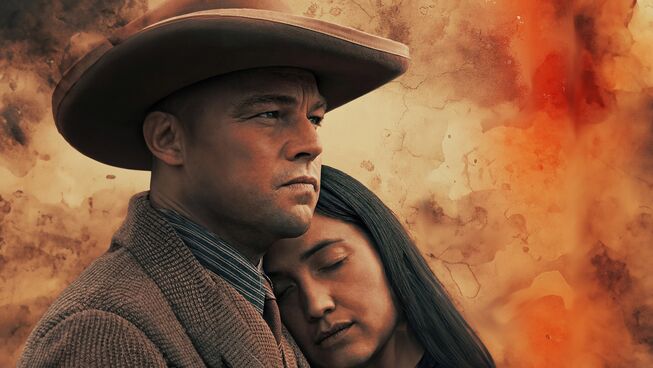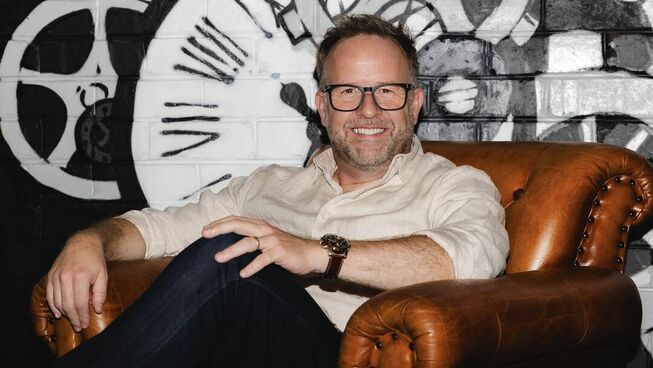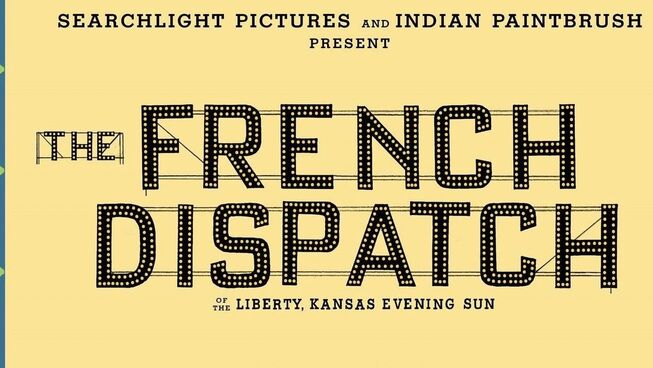The Brutalist

⭐️ ⭐️ ⭐️ ⭐️ (out of 5 stars)
Writer, director and actor Brady Corbet (Vox Lux) has made his name known in Hollywood over the years and made a thunderous splash with his latest project, The Brutalist. After premiering at the Venice International Film Festival in 2024, Corbet received recognition for his direction, amongst other areas and acclaim for performances from its lead actors, Adrian Brody, Guy Pearce, and Felicity Jones. This historical epic should grab the attention of audiences looking for an arthouse film that explores the impact of architecture and artistry on humanity as it navigates the awards season and arrives in theatres.
This film has him partnering with writer Mona Fastvold (Vox Lux) once again as they unpack the lives of Hungarian-Jewish architect László Tóth (Brody) and his wife, Erzsébet (Jones). As the couple make their way out of war-torn Europe after the Second World War, László arrives on American shores first and must make his way. He is given a chance by his cousin Attila (Alessandro Nivola), a furniture store owner in Philadelphia. The pair is given a unique opportunity to refurbish the library of wealthy industrialist Harrison Lee Van Buren (Pearce). That initially goes poorly but leads to a life-changing opportunity to construct a community centre in honour of the businessman’s late mother, eventually becoming one of the most important structures in American architecture. After Erzsébet and her niece Zsófia (Raffey Cassidy) are reunited with László, they all must work through the struggles of artistry and expectations of all involved in the building project.
For all those armchair historians, the Toths and Van Burens are all fictitious characters based loosely on other figures that had impacted Fastvold and Corbet over the years. Yet, the writing and direction will draw audiences into the story to the degree that they may be convinced they have heard of this architect and his work. Adrien Brody embodies the role of this flawed and tortured artist who suffers from substance abuse issues and who has a penitent for infidelity. Still, he carries this film through the 215-minute (3.5 hours) run time (that includes an intermission) with such convincing form that the length becomes a secondary issue. To counter the Academy Award winner's performance, Guy Pearce perfectly personifies the world of affluence and business as he envies the architect's talents while hoping to keep his abilities for himself. Then, as Felicity Jones is introduced halfway through the film, these three actors provide emotional tension and twisted humanity to make this one of the most compelling cinematic stories in years.
The title is meant to honour the style of architecture, and this movie shows the pain that many of these artists experience in bringing their visions to life. Yet, the brutal storyline adds another layer to this tragic celebration of architectural history. Between the undercurrent of the horrors experienced by the Jews during World War II, the dichotomy that exists amongst the economic haves and have-nots and an era where little was said between married couples when it came to internal struggles, this movie will rip open wounds of the past that anyone may carry into the theatre. Mona Fastvold's script doesn't hold back any dark secret that potentially resides within the human heart as she exposes how nothing new exists under the sun. From drug addiction, adultery, faith, and rape to unbridled pride, the name given to this film holds a multitude of connotations for viewers to see as they unfold before them in the exploration of its architectural inspiration.
The Brutalist does embody the true cinematic experience. Brady Corbet’s film delves into every corner of the human heart and gives the world a different depiction of the opportunities and atrocities interwoven in the American dream.
REEL DIALOGUE: Do you need to love architecture to appreciate The Brutalist? No, but it might make you understand your very existence.
Appreciating the artistry of Brady Corbet's work is accessible to anyone. It is similar to attending an art museum, walking through a sculpture garden, or exploring the streets of some of the world's greatest architecture. Art comes in various forms, and appreciation manifests itself in different ways, too. This is why some love brutalist architecture and others can only appreciate functional buildings.
The deeper question is, why do humans create art? It is a complex idea, but the simple but profound answer is that a creative God forms us. The true master artist inspires the best of art. The human form and the rest of nature arouse the artist in us because it is part of our DNA. The created ones are creative because we are the artistry of the master creator.
'But now, O Lord, you are our Father; we are the clay, and you are our potter; we are all the work of your hand.' - Isaiah 64:8
More like this ...











